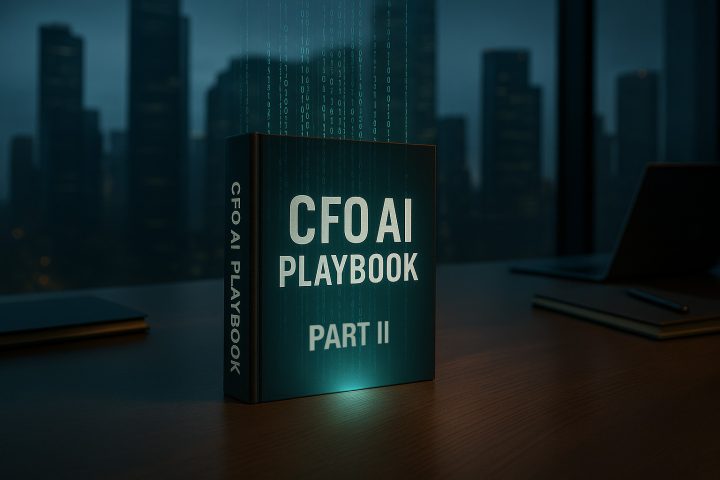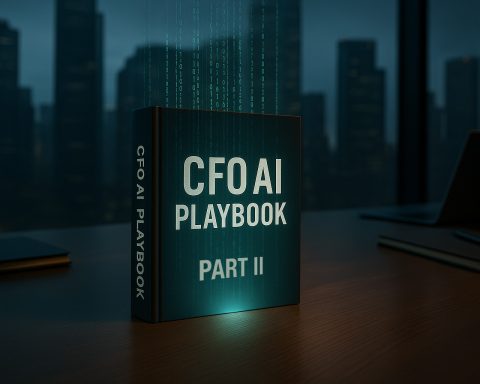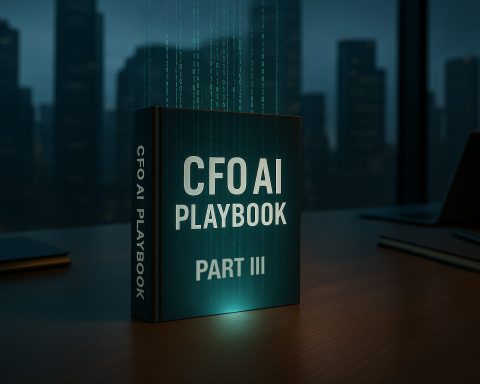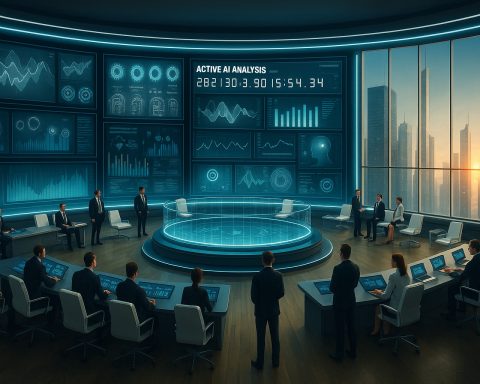Introduction
Generative AI technology has emerged as both a powerful and disruptive force, transforming workflows and enabling tasks that once seemed impossible. This disruption is especially noticeable in the asset management industry, where efficient, compliant, and scalable AI solutions are becoming competitive necessities. As investment management firms look to harness this technology, the “build or buy” decision is becoming increasingly important—particularly when considering Large Language Model (LLM)-powered tools.
At Zeidler Group, we frequently face the “build-or-buy” decision, both within our own operations and when advising our clients. With extensive experience working with LLMs, beginning with OpenAI’s GPT-3.5 model, we’ve developed a robust framework to evaluate when to build proprietary solutions and when to adopt market offerings. Supported by our innovation lab and a team of in-house software engineers, we have gained valuable insights into the nuances of this decision-making process.
We recognize that in some cases, buying an existing solution can be the more prudent choice—especially when time-to-market is critical and available market offerings meet client needs. For example, our Marketing Material Review Tool (MMR-Tool) began its development 1.5 years before we launched it earlier this year, providing our clients with an automated investment funds compliance solution that significantly enhances efficiency.
Key Insights for Your Decision-Making Process
To assist you in making your own evaluations, we’ve compiled a downloadable PDF with step-by-step practical questions on approaching the “build or buy” decision, tailored specifically for asset managers and legal tech solutions.
By reflecting on these insights, you’ll be better equipped to navigate the fast-evolving world of generative AI and make strategic decisions that will strengthen your firm’s AI capabilities.
Key Considerations:
Understanding Financial Costs: Initial vs. Ongoing Expenses
Cost is often the largest factor in the build-or-buy equation. While acquiring software might appear straightforward, it’s essential to evaluate both immediate and long-term financial impacts. Generative AI solutions can be expensive to procure, with additional ongoing costs—such as API usage fees, vendor support, and updates.
On the other hand, building a tool from scratch usually requires significant upfront investment in development, followed by ongoing maintenance. In some cases, a hybrid approach, blending market solutions with customizable elements, can offer a more cost-effective path.
Understanding all expenses involved is key to making an informed choice.
Labor Costs: Skill Availability and Key-Person Risk
Human capital plays a critical role in the decision. While some companies may already have the skilled staff to develop LLM technology, others may need to hire or train talent.
Additionally, companies should account for “key-person risk,” where knowledge is concentrated in a few employees, leaving the business vulnerable if they depart.
When purchasing a tool, labor costs are generally lower, though staff may need to undergo training and adaptation.
It is important to weigh the internal expertise and depth of labor commitment needed for either building or buying.
Time Constraints: Development vs. Onboarding Speed
Time-to-market can differ drastically between building and buying. Building a solution typically takes longer, as it involves development, testing, and integration. Even purchasing a solution may involve a lengthy procurement process and time spent on onboarding and adapting the tool to fit your organization’s needs. Moreover, operational time and speed are also critical—AI tools must perform with minimal latency to maximize user experience and productivity. Evaluating both expected runtime and adaptability for future requirements is vital.
Market Dynamics: Scalability and Commercial Alignment
Market dynamics, including scalability and alignment with commercial goals, must also be factored in. If your company plans to offer a solution as a service, building proprietary technology could provide new revenue opportunities. However, entering the software market comes with its own set of challenges. When adopting a purchased solution, you’ll need to assess licensing terms, data privacy issues, and the long-term vendor relationship.
Competitive Advantage: Proprietary Edge vs. Vendor Risk
Technology often serves as a key driver for competitive advantage. Owning a proprietary tool can offer exclusive features, giving your company a unique position in the market. However, proprietary solutions come with the risk of being surpassed by emerging technologies or innovations from competitors. Purchased solutions, by nature, are not exclusive, and vendors typically aim to expand their market reach within the industry. Understanding how your investment aligns with long-term competitive goals will influence whether building or buying makes the most sense.
The Maintenance Question: Balancing Control with Vendor Dependency
Maintenance is an often overlooked but crucial consideration. Whether you choose to build or buy, the solution will require upkeep. This includes both technical performance monitoring and regular updates to keep pace with innovation. A purchased solution may come with vendor support, but you will be dependent on their update schedule. On the other hand, a proprietary solution offers greater control over updates but requires dedicated resources to manage its lifecycle.
Why the MMR-Tool Is the Perfect Starting Point for Asset Managers Exploring AI Solutions
Our Marketing Material Review Tool (MMR-Tool) is an ideal entry point for asset managers exploring AI-driven compliance solutions without the immediate commitment of building custom software. Our proprietary lawyer-educated AI solution is designed specifically for the asset management industry, bringing together our deep legal expertise and AI-driven automation to deliver outstanding efficiency and compliance confidence.
In fact, several of our most innovative product offerings started as client requests and evolved over time through collaborative development. This approach allowed our clients to gain highly tailored, effective solutions while enabling us to expand our business into new areas and capture additional value in new markets.
If you’re navigating the “build-or-buy” decision, download our handy Build Vs. Buy Template to explore our internal framework. This resource offers practical, industry-specific questions to help guide your AI strategy.
Let’s Talk! If you’re interested in how the MMR-Tool or other solutions can be customized to meet your firm’s needs, don’t hesitate to contact us. We’d be delighted to explore how our expertise can help unlock the potential of AI in asset management—now and for the future.
Conclusion
The build-or-buy decision in generative AI is a complex one, requiring careful consideration of financial, labor, time, market, and competitive factors. Each company’s unique needs and constraints will shape this decision, but thoughtful analysis of these elements will help ensure that AI investments align with broader strategic goals.
Generative AI has immense potential to transform businesses. Whether building or buying, making the right choice now will position your company for success—both in the present and for years to come.
As AI in asset management continues to evolve, staying agile and adaptable will be essential to maximizing its benefits. Aligning AI investments with strategic goals will ensure that companies remain competitive and well-positioned to meet future challenges.




















